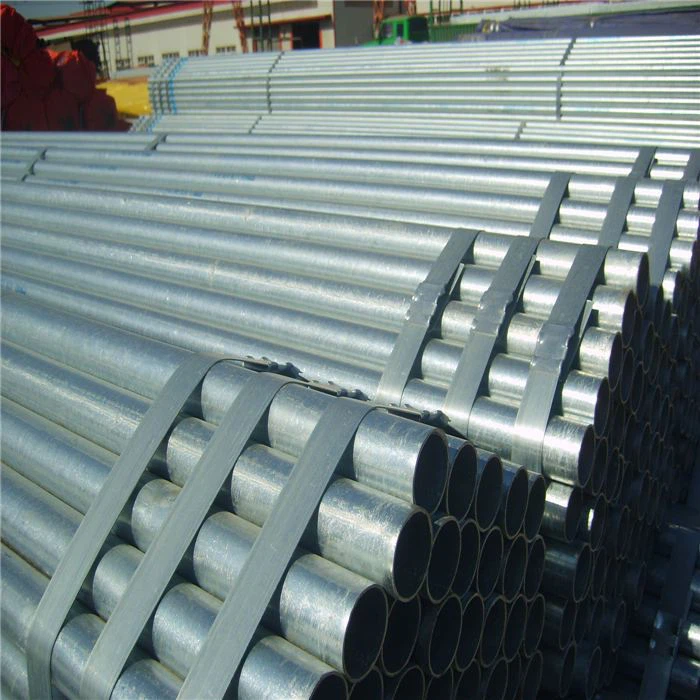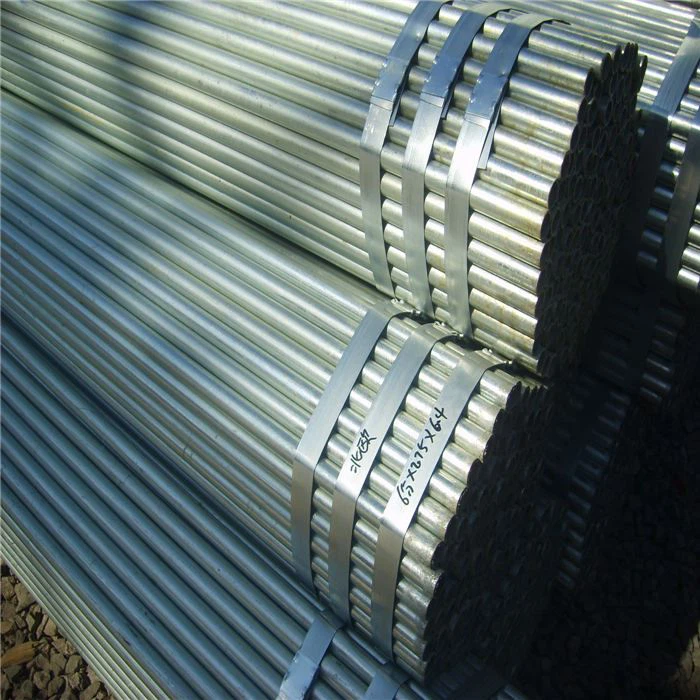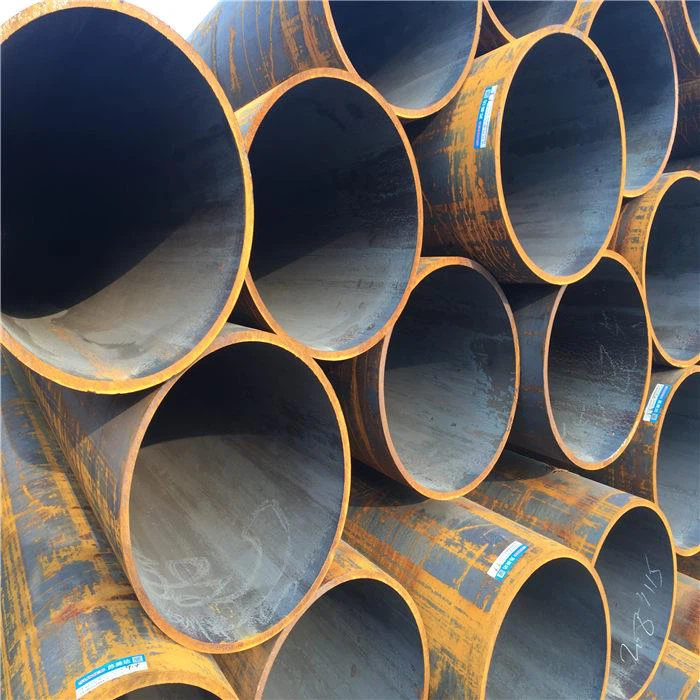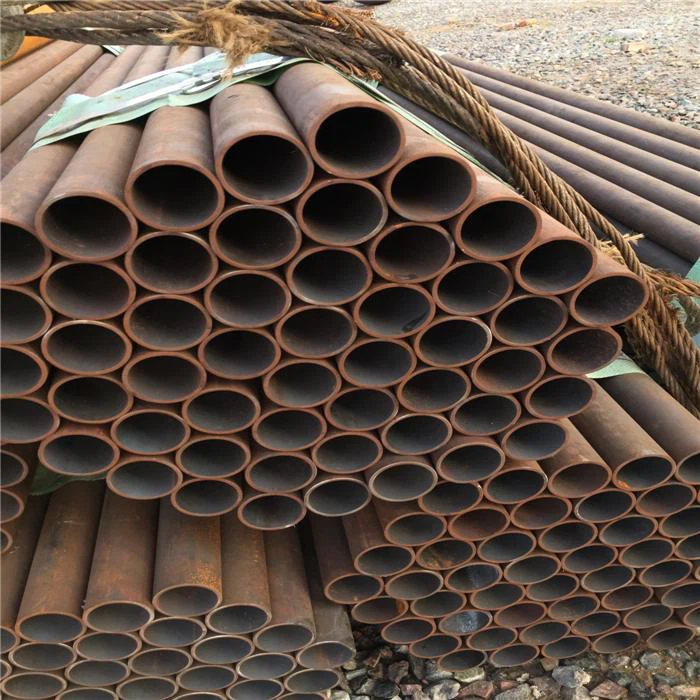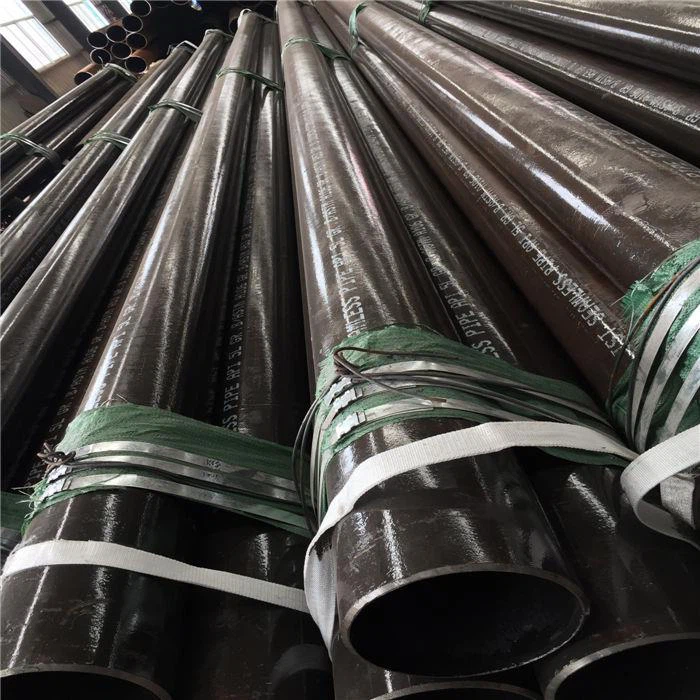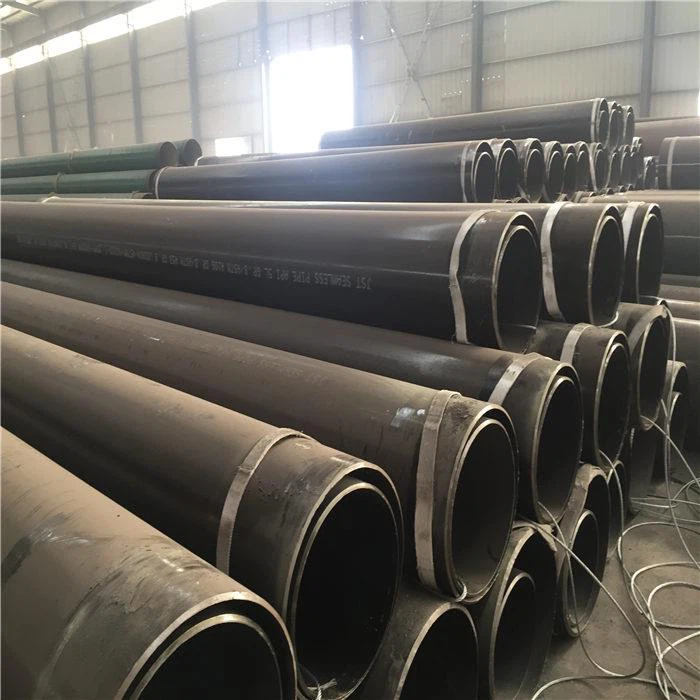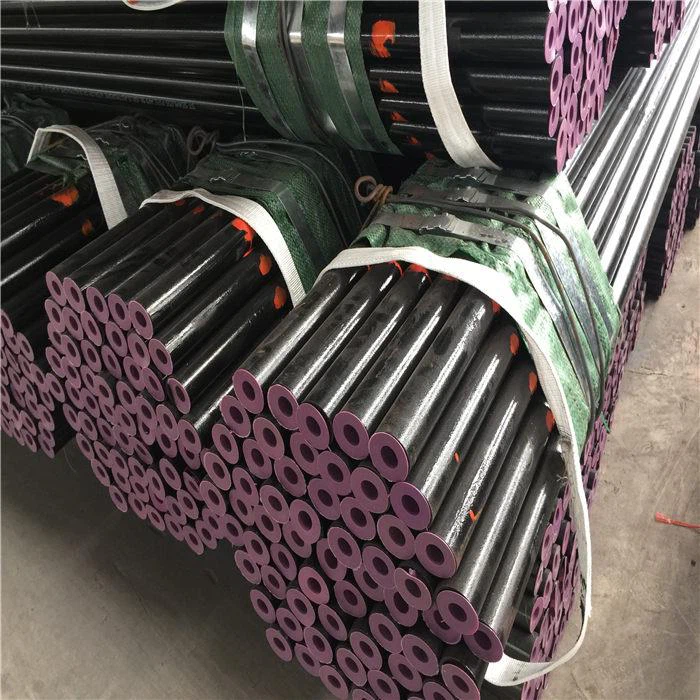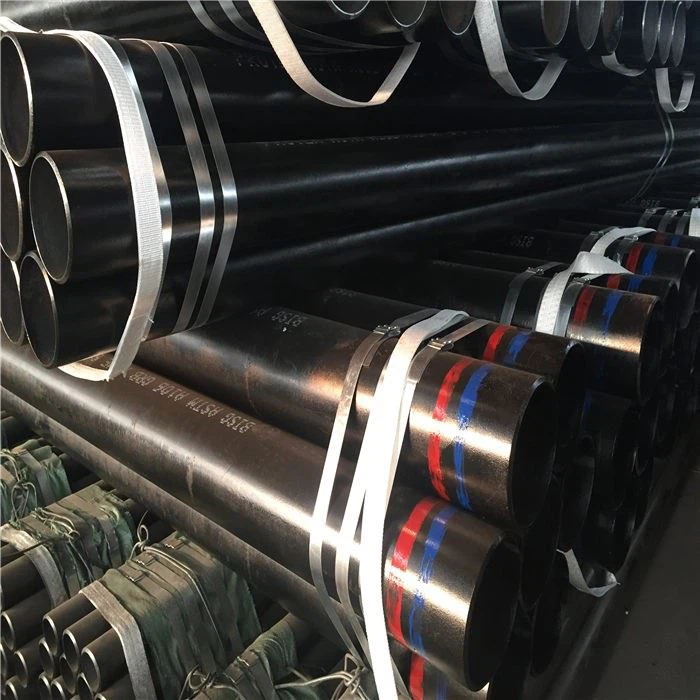Main Production Standards And Delivery Status Of Precision Steel Tubes
Main production standards and delivery status of precision steel tubes
Precision bright tube (precision steel tube) is a kind of common seamless steel tube (or de-diameter welded steel tube) through fine drawing or cold rolling processing of a high precision steel tube material. Because the inner and outer walls of the precision bright tube have no oxide layer, no leakage under high pressure, high precision, high finish, no deformation in cold bending, flaring, flattening, no cracks and so on, it is mainly used to produce pneumatic or hydraulic components, such as cylinders or oil cylinders, can be seamless tube, but also welded tube.
The chemical composition of precision bright tube includes carbon C, silicon Si, Manganese Mn, sulfur S, phosphorus P and Chromium Cr. High quality carbon steel, fine rolling, non oxidation bright heat treatment (NBK state), non-destructive testing, the inner wall of the steel pipe is scrubbed with special equipment and washed by high pressure, the anti-rust oil on the steel pipe is treated with anti-rust, and the ends of the cover is treated with dustproof. The inner and outer walls of the steel pipe are of high precision and high smoothness. After heat treatment, the steel pipe has no oxidation layer and high inner wall cleanliness. The steel pipe can withstand high pressure, no deformation in cold bending, no crack in flaring and flattening. Steel tube color: white and bright, with high metallic luster.
Main uses of precision steel tube:
The precision and finish of steel pipe are required by automobile and mechanical parts. Precision steel pipe users are not only the users with high requirements for accuracy and finish, because of the high precision of precision bright pipe, the tolerance can be kept at 2- 8 wire, so many mechanical processing users in order to save labor, material, time loss, the seamless steel pipe or round steel is slowly transformed into precision bright pipe.
Main delivery status of precision steel pipe:
NBK(+N), GBK(+A), BK(+C), BKW(+LC), BKS(+SR)
After quenching the precision bright tube to obtain martensite structure, tempering in the temperature range of 450 ~ 600℃; Or at 650℃ after tempering at a slow cooling rate through 350 ~ 600℃; Or after tempering at 650℃, heating in the temperature range of 350 ~ 650℃ for a long time, make the embrittlement phenomenon of precision bright tube. If the 20# precision steel pipe has been embrittlement is reheated to 650℃ and then fast cooling, toughness can be restored, so it is also known as % 26LDquo; Reversible temper brittleness %26rdquo; High temperature tempering brittleness manifests as the increase of toughness and brittleness transition temperature of precision bright tube. High temperature temper brittleness. The difference between ductile and brittle transition temperatures (%26Delta; T). The more serious the high temperature tempering brittleness is, the higher the proportion of intergranular fracture is.
Main production standards of precision steel tube:
ASTM A519 Seamless Carbon and alloy Steel Mechanical Pipe
Cold-formed welded and seamless steel tubes of carbon steel, round and special-section, for ASTM A500 structures
AS 1450 STEEL TUBES FOR MECHANICAL PURPOSES
ASME B36.10M Welded and seamless Rolled Steel Tubes Technical Delivery Conditions
ASME B36.19M Stainless Steel Tubes Technical Delivery conditions
SAE J512 AUTOMOTIVE TUBE FITTINGS
SAE J525 Welded and Cold Drawn Low-Carbon Steel Tubing Annealed for Bending and Flaring
SAE J526 Welded Low-Carbon Steel Tubing
SAE J435 Automotive Steel Castings
SAE J2467 Welded and Cold-Drawn, SAE 1021 Carbon Steel Tubing Normalized for Bending and Flaring
